Bánh phu thê, or Bánh xu xê, is an integral part of Vietnamese culture and tradition. This delicious treat holds a special place in the hearts of the people and is often associated with important occasions. But what is the story behind this beloved delicacy? Let’s delve into the fascinating history and significance of Bánh phu thê.
1 What is Bánh Xu Xê?
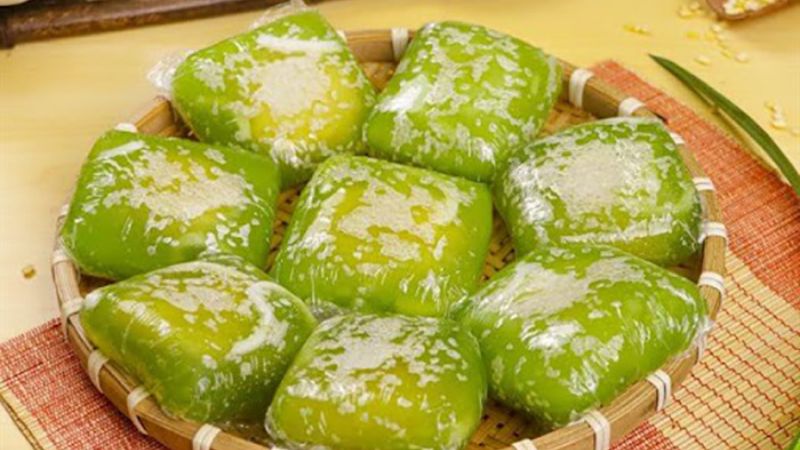 Bánh Xu Xê
Bánh Xu Xê
Bánh Xu Xê, or Bánh phu thê, is a traditional Vietnamese cake with a rich history. This delicate treat is typically reserved for special occasions, such as engagement ceremonies. In some regions, it is also served at wedding receptions, symbolizing the union of two families.
2 Where is Bánh Xu Xê from?
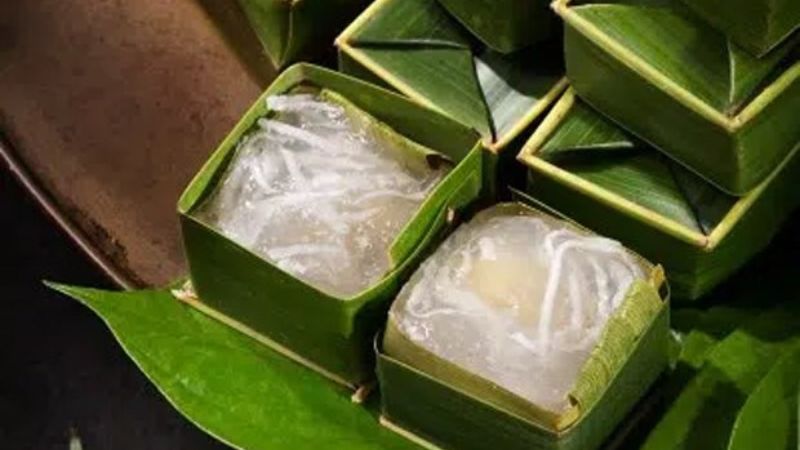 Bánh Xu Xê is a specialty of Đình Bảng, Từ Sơn district, Bắc Ninh province
Bánh Xu Xê is a specialty of Đình Bảng, Từ Sơn district, Bắc Ninh province
The origin of Bánh Xu Xê lies in the heart of Đình Bảng, a commune in Từ Sơn district, Bắc Ninh province. This cake has a long and fascinating history, dating back to the Lý dynasty. According to folklore, the queen prepared these cakes for her husband, King Lý Anh Tông, when he marched into battle against foreign invaders.
The heartwarming story of the king and queen’s devotion led to the cake being named Bánh phu thê, literally translating to “husband and wife cake.” Over time, the recipe spread throughout the region, and Đình Bảng became renowned as the birthplace of this delicious tradition.
3 What is the Significance of Eating Bánh Phu Thê?
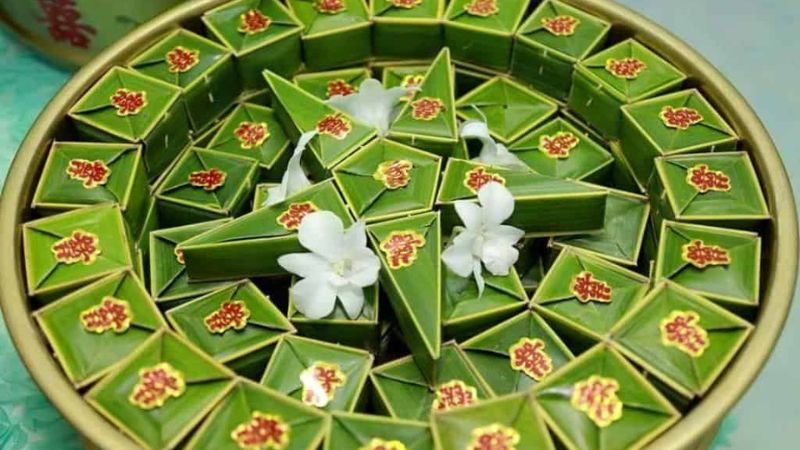 What is the significance of Bánh Xu Xê?
What is the significance of Bánh Xu Xê?
Bánh phu thê carries a profound meaning that stems from the enduring love story of King Lý Anh Tông and his queen. It symbolizes the couple’s unwavering devotion, reflecting the values of loyalty, commitment, and enduring love in marriage. As such, it is commonly presented as a ceremonial offering during wedding and engagement rituals.
The cake’s unique combination of ingredients and colors also holds symbolic value. The white exterior made from sticky rice flour and coconut represents purity and harmony, while the mung bean filling adds a touch of sweetness to the relationship. The cake is wrapped in coconut leaves and tied with a red string, reflecting the balance of Yin and Yang in Eastern philosophy and the connection between humans and nature.
The sticky texture of the cake further emphasizes the idea of unity and lasting bonds. The square shape of the cake box symbolizes perfection and the wish for a lifelong union between husband and wife.
4 Where to Buy Bánh Phu Thê and Its Price?
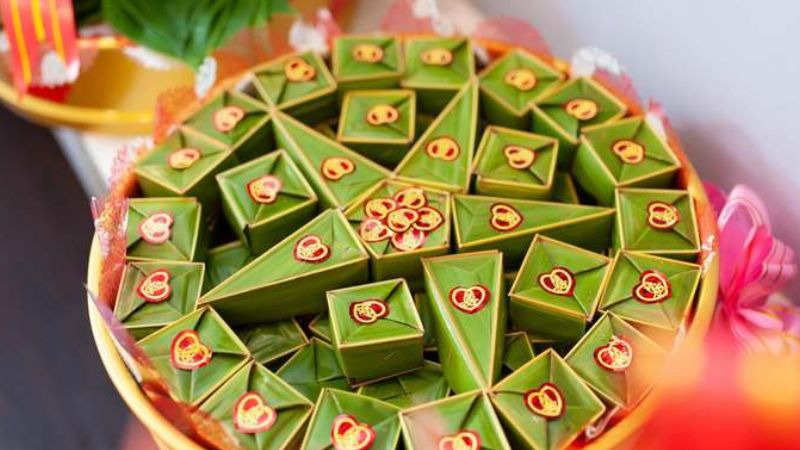 Bánh Xu Xê (Bánh Phu Thê) Price and Availability
Bánh Xu Xê (Bánh Phu Thê) Price and Availability
Bánh phu thê is widely available across Vietnam, and you can find it in most specialty shops. However, for an authentic taste of tradition, a trip to the village of Đình Bảng is recommended. There, you can purchase these delicious treats for approximately 60,000 to 75,000 VND per 10 cakes.
5 How Long Does Bánh Xu Xê Last?
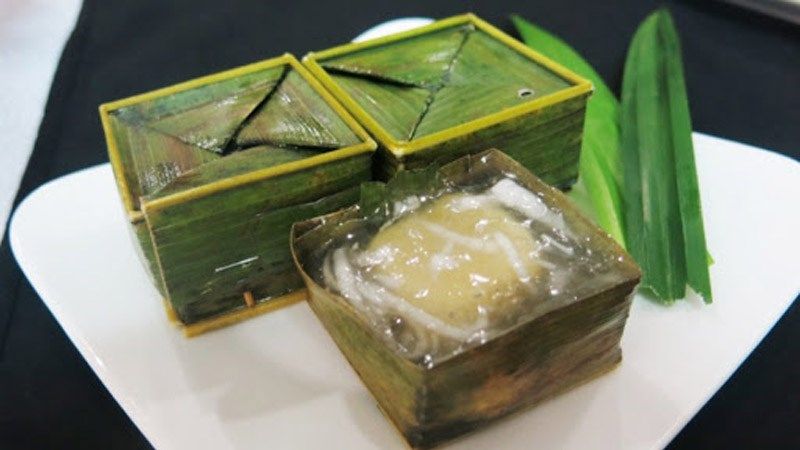 How long does Bánh Xu Xê stay fresh?
How long does Bánh Xu Xê stay fresh?
Freshly made Bánh phu thê has a short shelf life, typically lasting 2-3 days in normal weather conditions. As it is crafted from natural ingredients without preservatives, prolonged storage is not advisable. If you wish to extend its freshness, refrigeration is an option, but it may alter the texture and taste slightly, reducing its signature chewiness.
6 Bánh Xu Xê’s Calorie Count and Nutritional Value
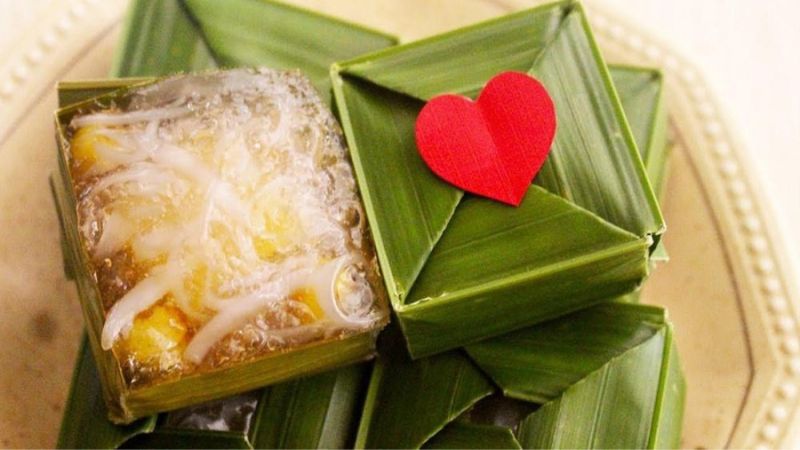 Bánh Xu Xê’s Calories and Nutritional Considerations
Bánh Xu Xê’s Calories and Nutritional Considerations
According to nutritional experts, a 60-gram Bánh phu thê cake contains approximately 110 calories. It is also a good source of various nutrients. However, the exact nutritional profile may vary depending on the recipe and ingredients used. Therefore, it is always a good idea to check the nutritional information provided by the manufacturer.
While a single cake does not pose a risk of weight gain, excessive consumption in one sitting can contribute to fat accumulation. Remember, a balanced diet is essential, and it’s crucial to consider your overall calorie intake from all food sources to maintain a healthy weight.
Now you know the story and significance of Bánh xu xê (Bánh phu thê). We hope this article has enlightened you about this delightful treat and its place in Vietnamese culture. Bon appétit!

































